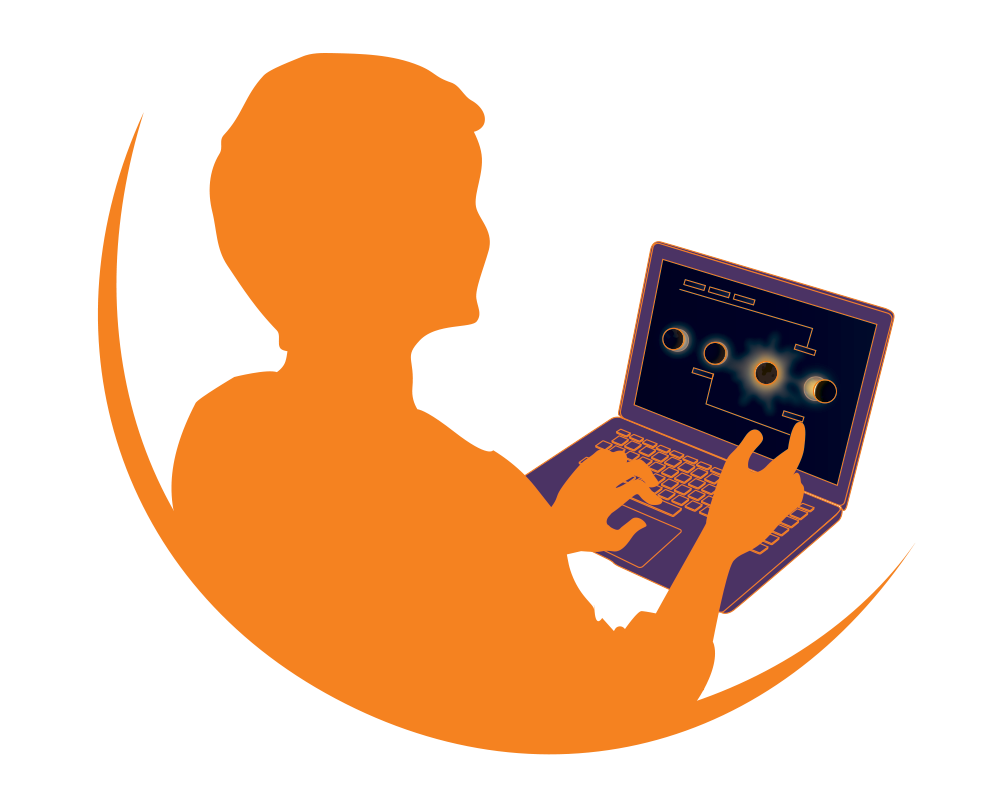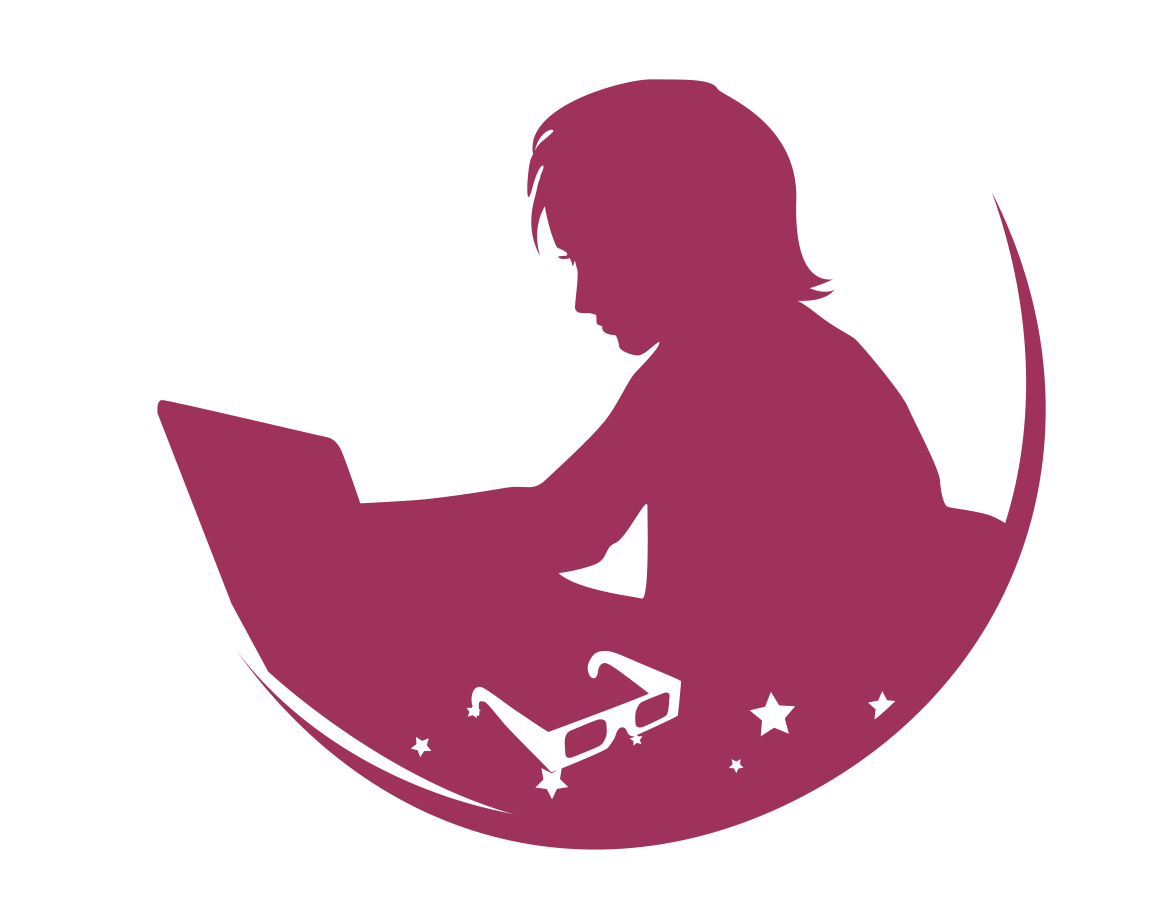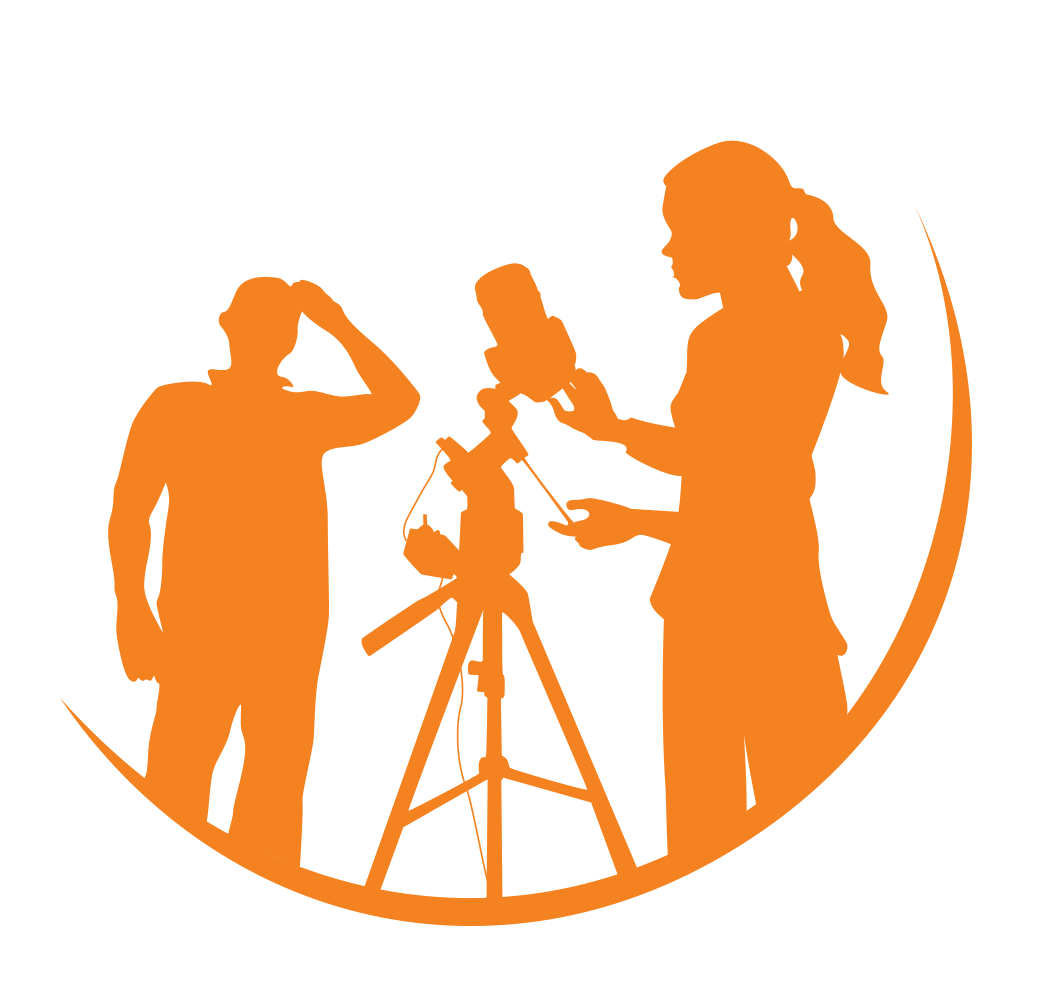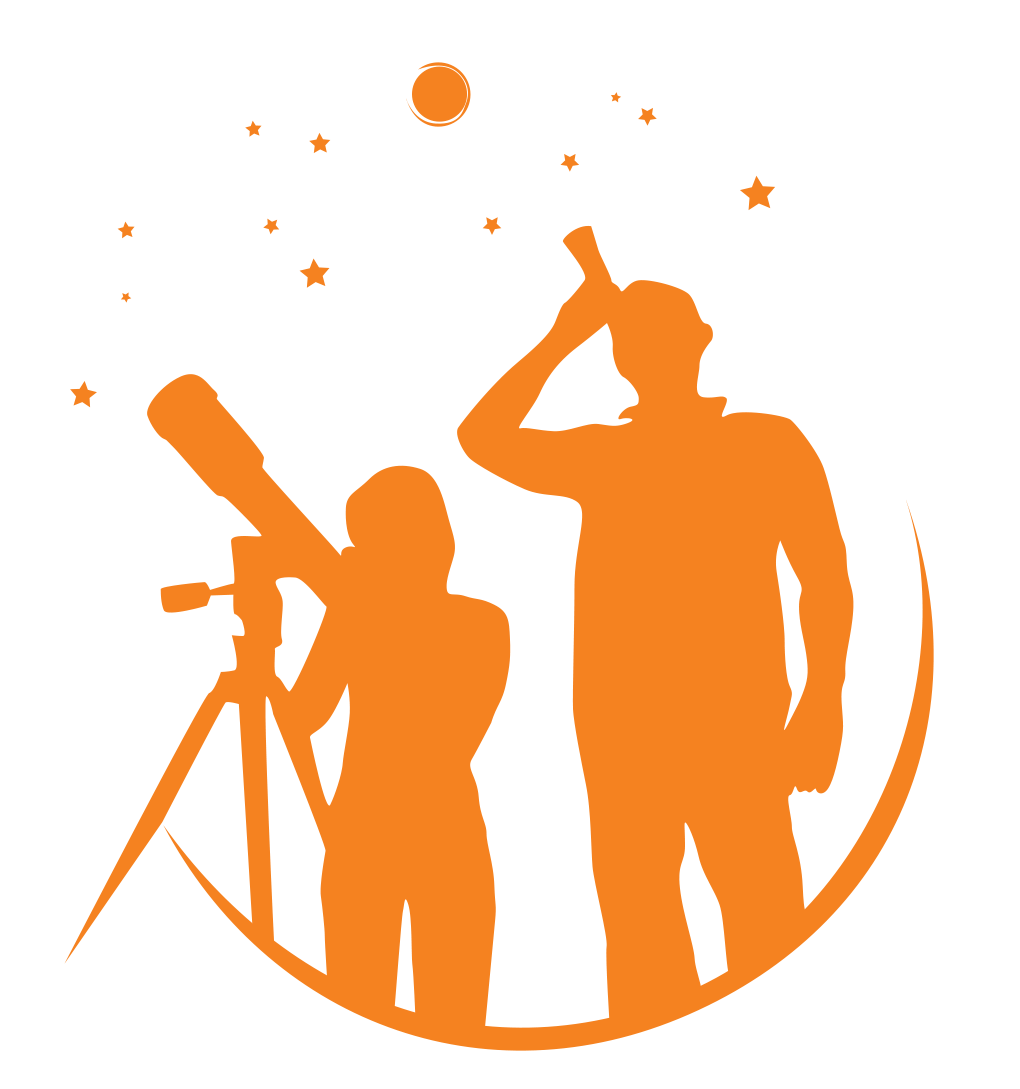Introduction
Eclipse Megamovie 2024 (EM2024) is similar to its predecessor in 2017, which was also organized by Dr. Laura Peticolas (Sonoma State University) and Dr. Carlos Martinez Oliveros (UC Berkeley). EM2017 recruited hundreds of citizen scientists who submitted tens of thousands of photos of the 2017 total solar eclipse. Their work aided efforts to study the Sun's corona--something we can only study during total solar eclipses. Within these pictures, a plasma plume was identified, and it is this phenomenon that we hope to study more extensively following the 2024 total solar eclipse. Not only will the research and data collection method improve with this grant, the EM team will also be able to do more with the data collected in 2017.
Following the April 8, 2024, total solar eclipse, more than 145 volunteers uploaded over 1 terabyte of photographs. The next stage of this project is to check to ensure that the metadata in the photographs are accurate (based on feedback from the volunteers who took the photographs), and then we will begin the scientific analysis in earnest.
Additionally, we are in the process of establishing a Kaggle Competition that will give participants a chance to design a machine that will automatically identify and/or align photographs from the August 2017 total solar eclipse. This competition and all who participate will aid in the alignment and analysis of the April 2024 dataset.


Scientific Goals
Eclipse Megamovie 2024 (EM2024) is funded by NASA to discover the secret lives of solar jets and plumes. Many jets and plumes seem to disappear or change from the time they are formed on the Sun and when they move out into the solar wind. To learn more about these solar phenomena, we will use photographs taken by volunteers to identify solar jets as they leave the Sun's surface and solar plumes as they grow and develop. We aim for our research efforts to provide some clues or answers to this question.
What is a Solar Jet?
A solar jet, or solar spicule, is a transient, jet-like feature in the Sun's atmosphere. They are narrow streams of plasma that erupt from the solar surface, reaching high speeds and extending thousands of kilometers into the corona. Solar jets are relatively small and short-lived, lasting only a few minutes. They are thought to be caused by magnetic reconnection, a process where intersecting magnetic field lines rearrange and release energy. These jets are important for understanding solar phenomena, as they contribute to heating the solar corona and accelerating the solar wind. They are also significant in the study of space weather, which can impact satellite and communication systems on Earth. Solar jets are typically observed using space-based solar observatories.


Expected Scientific Discoveries
The Eclipse Megamovie Project aims to add a new dimension to our existing studies of the Sun’s faint atmosphere, the inner corona. By stitching together thousands of images taken along the path of the 2017 total solar eclipse, we have already created a unique treasure-trove of information on how the corona changes over time. Radio-wave studies have allowed us to closely observe very rapid variations of the corona, but now we expect to study such processes directly using visible light and thus enrich our knowledge of the Sun’s dynamic atmosphere considerably. The data gathered via the Eclipse Megamovie Project will be made available publicly and are expected to allow scientists to analyze the Sun’s corona for many years to come. This will show how the Sun changes over a few hours, but also how it’s different after a period of seven years. The high-resolution processed images may also be shared with fellow solar eclipse researchers to incorporate into their own endeavors if desired, such as the work published by Pasachoff and Rušin in 2022 to understand the evolution of magnetic fields.
Who participated in 2017?
Photos contributed to this project were submitted by many dedicated volunteers. The images included in the Megamovie were provided by the Megamovie Photo Team, a special group of over a thousand volunteers who signed up in advance and helped test the project ahead of time. Thank you to all who participated!


Who can participate in 2024?
We are looking for volunteers with a wide range of skills, experience, and knowledge. We are looking for citizen scientists from all backgrounds. In addition to all enthusiasts, scientists, and researchers, we are hoping to recruit software engineers and data scientists who have experience in software engineering and data science. Specifically, we are actively recruiting those with technical expertise in databases, python coding, and machine learning. We are also looking for Spanish-speaking volunteers to assist in recruitment and communication efforts with Spanish-speaking communities in the path of totality in Texas.
What is different about this project?
EM2017’s goal was to create a movie with photographs taken by citizen scientists all over the US along the path of totality enabling a deeper study of the Sun’s corona. EM2024 will add to this while also helping us understand more about plasma plumes and solar jets. Once we have all of the photographs, we will host a Kaggle Community Competition, seeking help from our volunteers in the alignment of the images in a way similar to that of the first Megamovie. Kaggle Community Competitions are designed to provide challenges for competitors at all stages of their machine learning careers. Python code will be shared via the Kaggle Community Coding platform to garner the expertise of volunteer software engineers. We will be working with NASA to offer the winner of the competition the chance to be showcased. This recognition will be awarded to those who create a new set of Flexible Image Transport System (FITS) files and HDR images.

